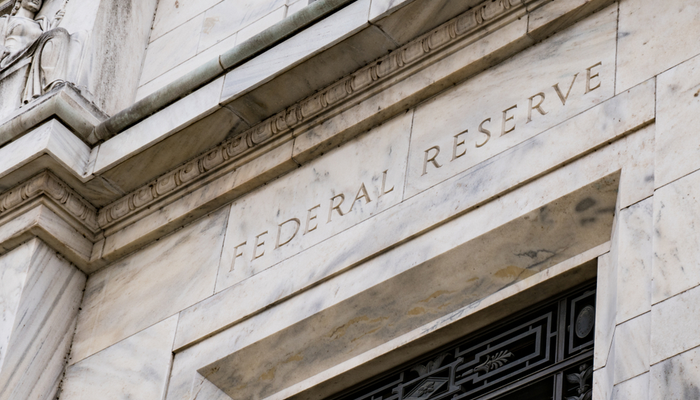Unlike other central banks such as Japan, which maintains a YCC (yield curve control) policy to avoid the adverse effects on the economy or the European Central Bank, which announced that it could increase its asset purchase policy, the Federal Reserve doesn't seem preoccupied with this issue.
After the interview, the immediate result in the market was a fall in long-term bonds, leading to a rise in yields. In the case of the 10-year bond, Tnote, the price returned to the minimum levels reached on February 26, with a yield that again touched the 1.55% zone, practically going back to the levels before those recorded before the interest rate cut as a result of the pandemic crisis.
The stock markets remain under pressure amid increased risk aversion among investors. In some cases, such as the Tech100, indices broke down the reversal pattern, which, if it remains at a weekly close today, would point to trend changes with a theoretical target of 11,468.
On March 15, the Senate is expected to approve the 1.9 trillion-dollar fiscal stimulus package. However, this plan might negatively impact stock indices since financial aid might contribute to a rise in inflation expectations, leading to higher interest rates.
From now on, all the market's attention will be on the Federal Reserve establishing a YCC (yield curve control) policy, something that had been discussed on previous occasions but was never implemented. The Federal Reserve's next meeting, scheduled for March 17, will therefore be awaited with great interest. The implementation of this measure would help stop the movement that we are currently witnessing in the market.
In the currency market, the U.S Dollar experienced a significant upward momentum with the increases in long-term interest rates pushing all its counterpart currencies further down.
EUR/USD is trading below the 1.1950 level, and from a technical point of view, a close below this zone would pave the way for further losses to the price concentration zone around 1.1820.
Sources: WSJ, Investing.com.
